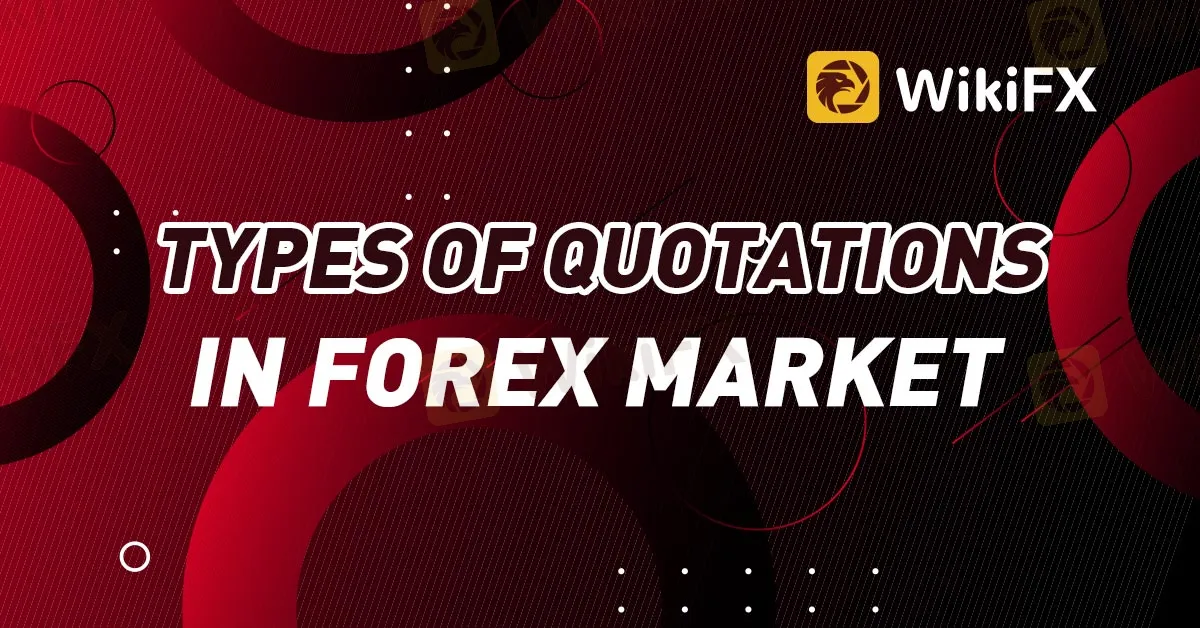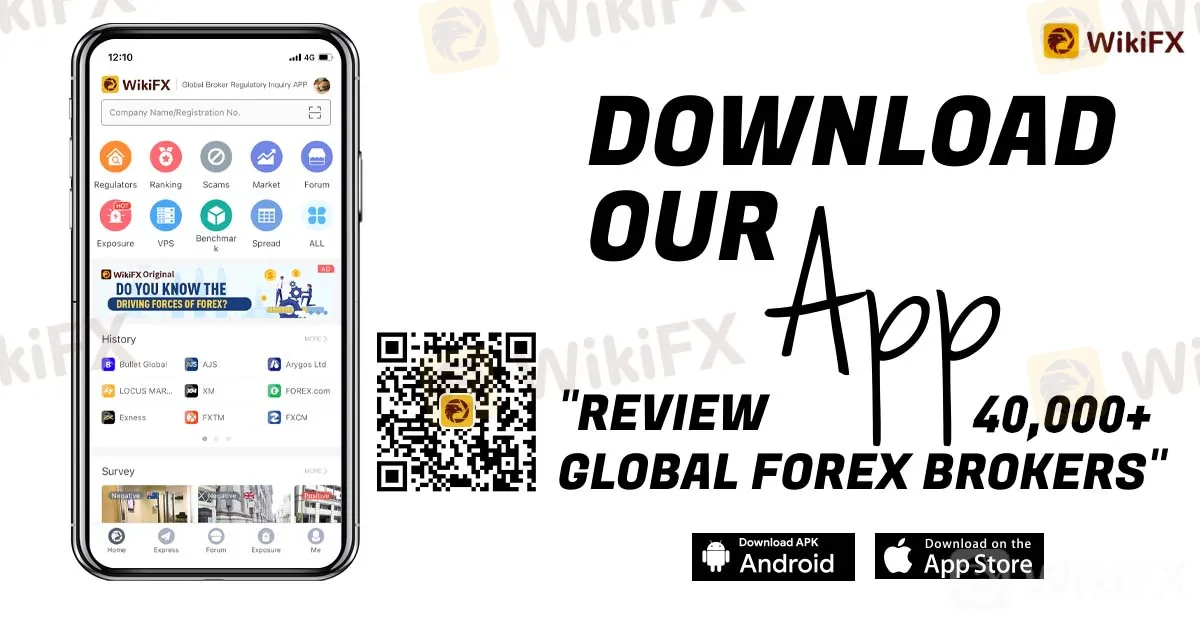简体中文
繁體中文
English
Pусский
日本語
ภาษาไทย
Tiếng Việt
Bahasa Indonesia
Español
हिन्दी
Filippiiniläinen
Français
Deutsch
Português
Türkçe
한국어
العربية
TYPES OF QUOTATIONS IN FOREX MARKET
Abstract:For the typical person, forex quotations can be pretty complicated. These quotations can be delivered in multiple ways, but it requires some education and experience to realize this. Also, it takes some getting used to before someone can swiftly understand these quotes and make snap judgments based on them. The two different forms of Forex quotations and the abbreviations that are used in them will be explained in this article.

For the typical person, forex quotations can be pretty complicated. These quotations can be delivered in multiple ways, but it requires some education and experience to realize this. Also, it takes some getting used to before someone can swiftly understand these quotes and make snap judgments based on them. The two different forms of Forex quotations and the abbreviations that are used in them will be explained in this article.
NOMENCLATURE
The currency in question's acronym is used in every quotation from the foreign exchange market. The International Standards Organization has developed standard currency keys or currency codes (ISO). All throughout the world, transactions use these keys.
Three alphabets make up the key. The first letter of the currency is represented by the third alphabet of the key, while the first two alphabets of the key indicate the country to which the money belongs. The United States dollar is therefore referred to as the USD, the Indian rupee as INR, the British pound as GBP, and the Japanese yen as JPY.
The Swiss Franc, abbreviated as CHF, and the Euro, both of which are represented by the letters EUR, are exceptions to this norm.
DIRECT QUOTATION
Meaning: With this technique, the quote is rendered in local money. This means that the exchange rate describes the relationship between one unit of the local currency and the foreign currency. What would result from an exchange of one unit of the local currency for how many units of the foreign currency? The price quotation method is another name for this approach. Hence, if the value of the local currency rises, less of it would need to be swapped. In contrast, a drop in value would make it necessary to convert a significant amount of local currency. As a result, it can be claimed that the quotation rate and the value of the local currency are inversely related.
In the case of a straight quotation, the value of the local currency is taken to be 1. The price given explains how many units of foreign currency can be converted into one unit of local currency.
Example: USD/JPY: 143.15/18 is an illustration of a direct quotation.
According to this quotation, 1 US dollar can be traded for around 143 Japanese yen. The two rates listed are the market maker's bid and ask prices, or the various prices at which they are willing to purchase and sell the currency.
USAGE: The straight quote method is among the most often used quotation styles in the world. It is presumed de facto that this is the standard for quoting Forex prices until another method has been clearly mentioned.
INDIRECT QUOTATION
Meaning: This strategy differs from the straight quoting strategy. This method renders the quotation in foreign currency. As a result, the rate is calculated using one unit of foreign currency. Then, the quantity of local money required to buy one unit of a foreign currency is expressed. There are times when this quotation is also expressed in terms of 100 foreign currency units. This strategy is also known as the quantity quotation method.
The quoted rate for this approach has a direct relationship with the local rate because it is expressed in terms of foreign currency. The value of the home currency rises if the quote does, and vice versa.
Example: The following is an example of an indirect quotation: EUR/USD: 0.875/79
The native currency in this scenario is the first currency, which is the euro. As a result, the indirect quote alludes to an exchange rate of about 0.875 EUR to USD. The two rates offered are, once more, the bid and ask rates, or the two separate prices at which market makers are willing to purchase and sell the currency.
Usage: Indirect currency quotations are used very infrequently. Only the Commonwealth nations, including the United Kingdom and Australia, utilize the indirect quoting approach out of habit.
THE SPECIAL SITUATION OF THE US CURRENCY
By tradition, the majority of quotations that refer to the US dollar include a straight reference for the currency. This is due to the fact that the majority of nations are seeking to acquire the global reserve currency. As a result, any currency pair that include the US dollar will often start with USD/XXX, where XXX stands for the variable counter currency.
As a result, even though the local currency in India is the Indian Rupee, quotes for INR and USD are always written as USD/INR. It wouldn't be wrong to give an INR/USD price. Yet that is not how the foreign exchange market operates. The Euro and Dollar pair, where the Euro is still considered to be the domestic currency, is a remarkable exception to the aforementioned norm.
So, depending on the type of quotation being supplied, where it is being provided, and several other market conventions and norms, any Forex quotation can be read in multiple ways!

Disclaimer:
The views in this article only represent the author's personal views, and do not constitute investment advice on this platform. This platform does not guarantee the accuracy, completeness and timeliness of the information in the article, and will not be liable for any loss caused by the use of or reliance on the information in the article.
Read more

Alleged Concerns with TradeEU.global's Trading Practices
An individual trader has come forward with allegations of an unfavourable experience while using the services of the broker TradeEU.global.

Lured by False Promises: Malaysian Driver Lost RM218K to an Investment Scam
A 49-year-old e-hailing driver in Malaysia fell victim to a fraudulent investment scheme, losing RM218,000 in a matter of weeks. The scheme, which falsely promised returns of 3 to 5 per cent within just three days, left the individual financially devastated.

Trader Exposes Unethical Practices by STP Trading
A recent allegation against STP Trading has cast doubt on the firm's business practices, highlighting the potential risks faced by retail traders in an increasingly crowded and competitive market.

FCA Identifies Clone Firm Exploiting Admiral Markets' Credibility
The UK Financial Conduct Authority (FCA) has issued a public warning regarding a fraudulent entity impersonating Admiral Markets, a legitimate and authorised trading firm. The clone firm, operating under the name Admiral EU Brokers and the domain Admiraleubrokerz.com, has been falsely presenting itself as an FCA-authorised business.
WikiFX Broker
Latest News
What Makes Cross-Border Payments Easier Than Ever?
Trader Exposes Unethical Practices by STP Trading
Saxo & Portuguese Bank Partnership
SEC Fines Broker-Dealers $275K for Incomplete SAR Filings
Lured by False Promises: Malaysian Driver Lost RM218K to an Investment Scam
FTX Sets March 2025 Timeline for Creditor Payouts: What It Means for Investors
What is an Economic Calendar? How it works
Italian Regulator Warns Against 5 Websites
Mastercard's 2030 Vision: Biometric-Driven, Tokenized Payments
SFC Freezes $91M in Client Accounts Amid Fraud Probe
Currency Calculator


